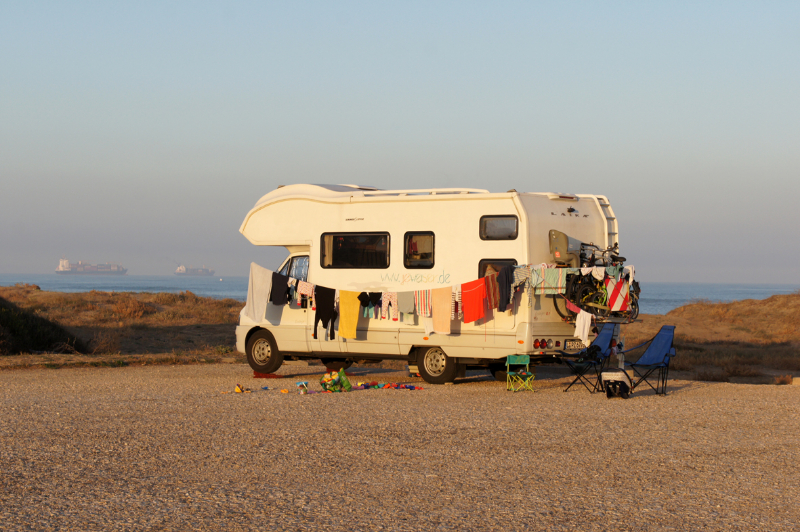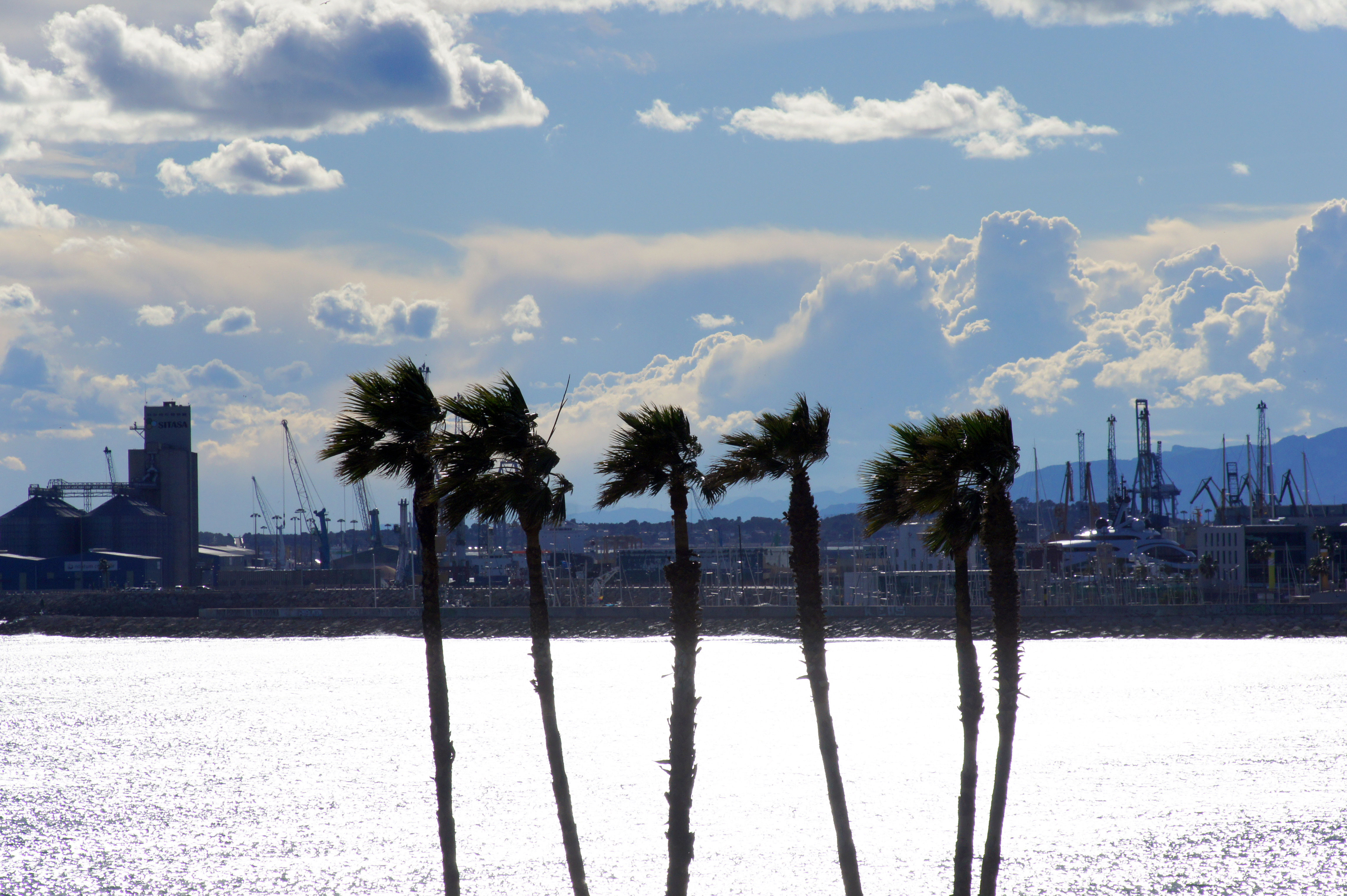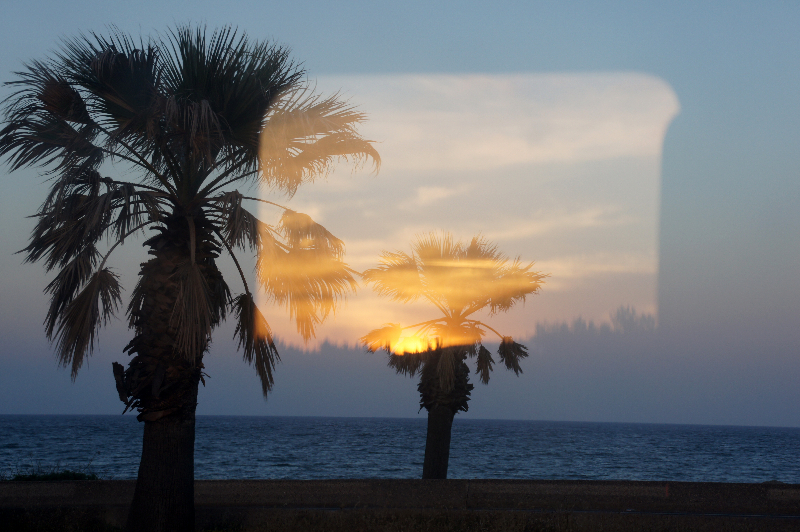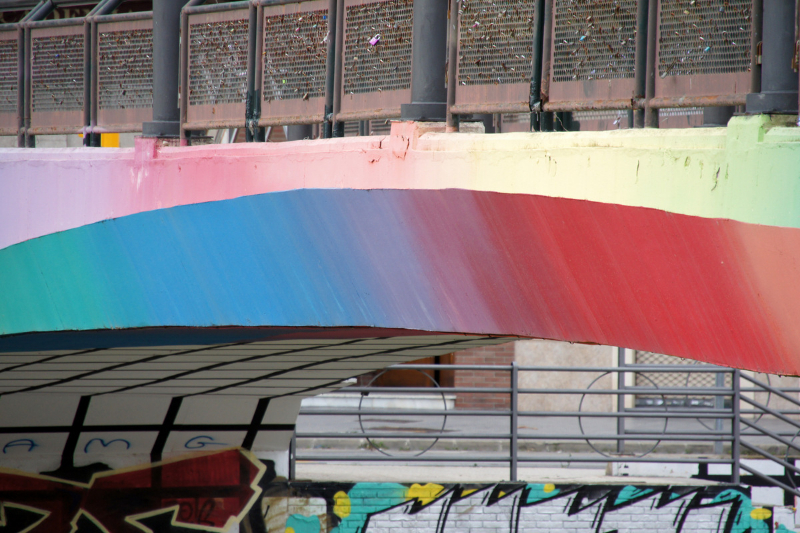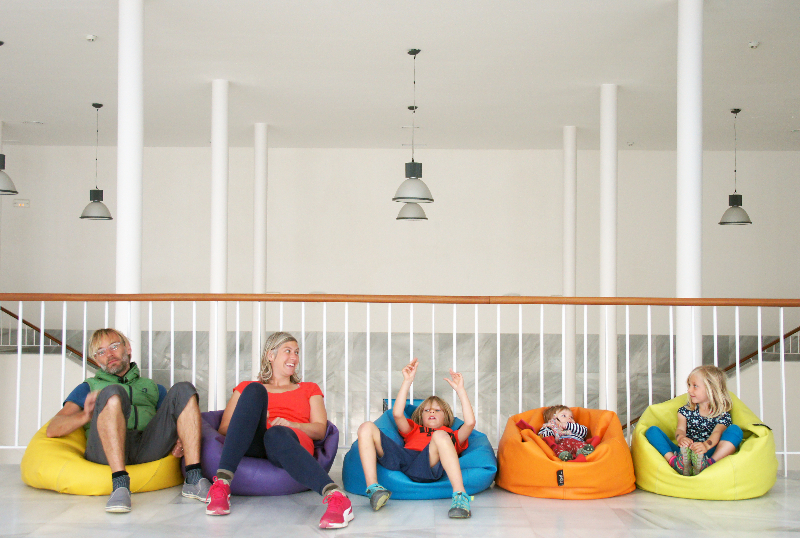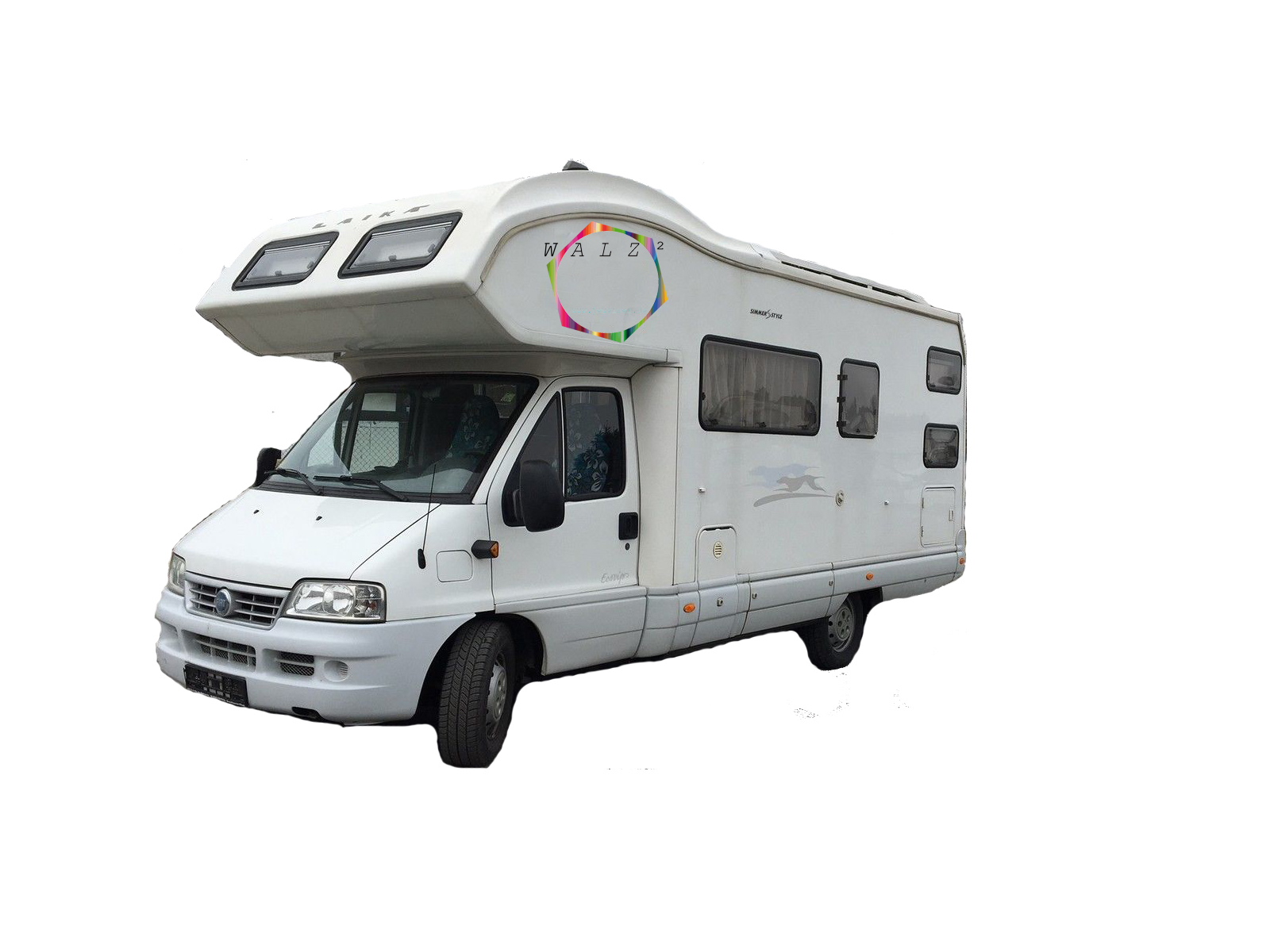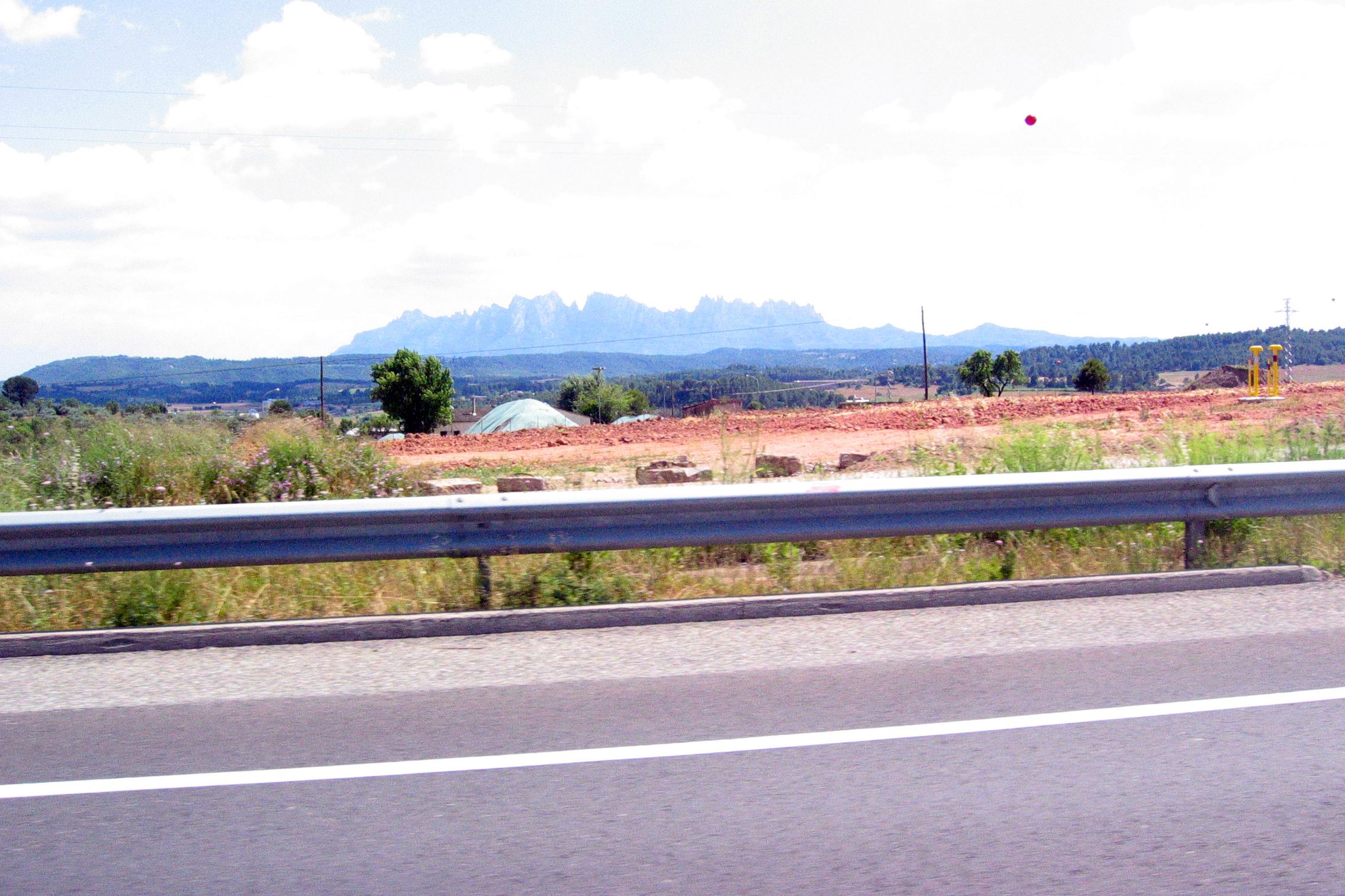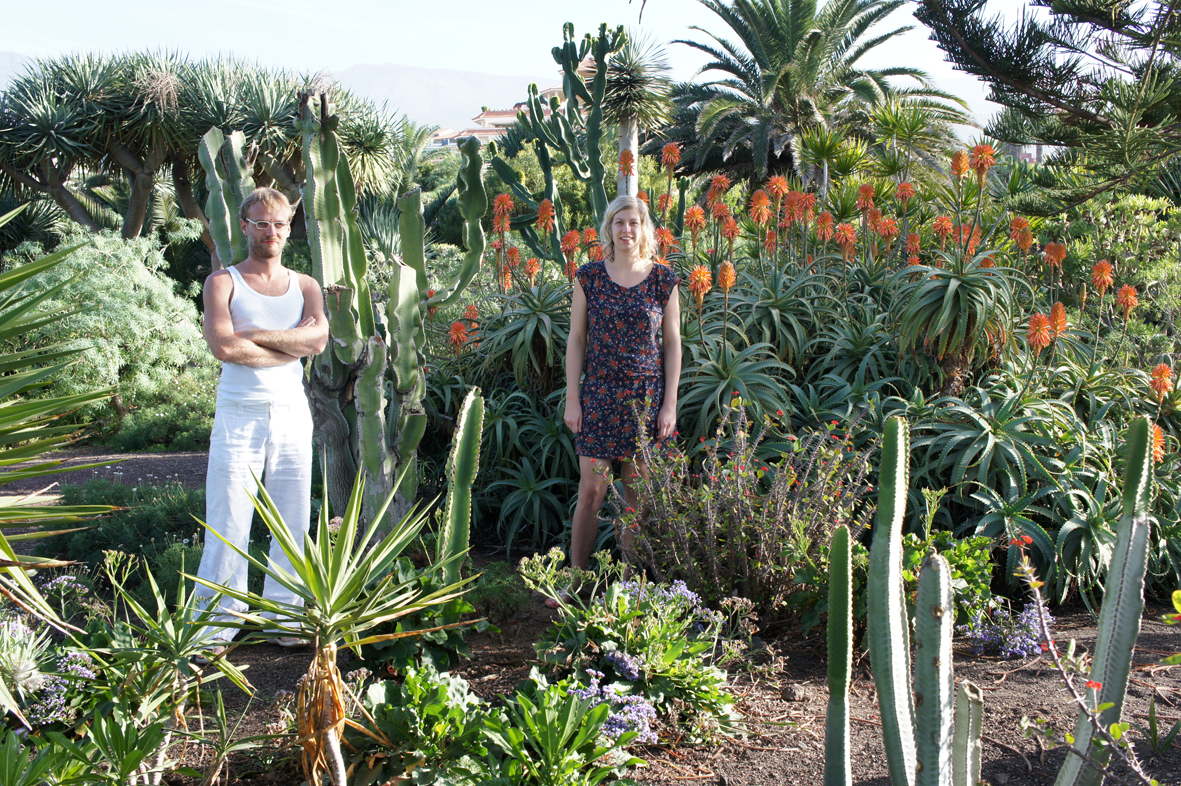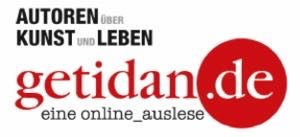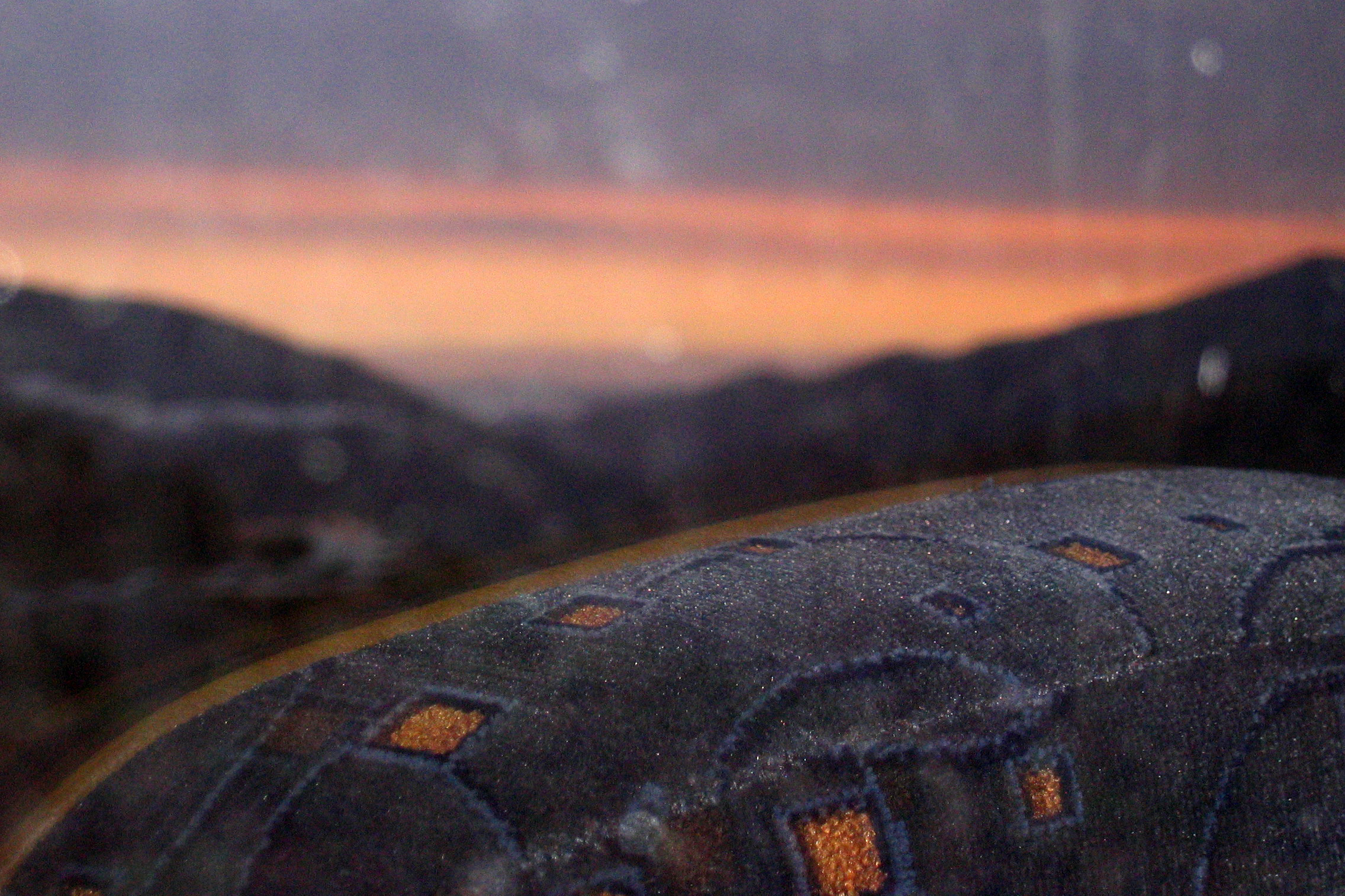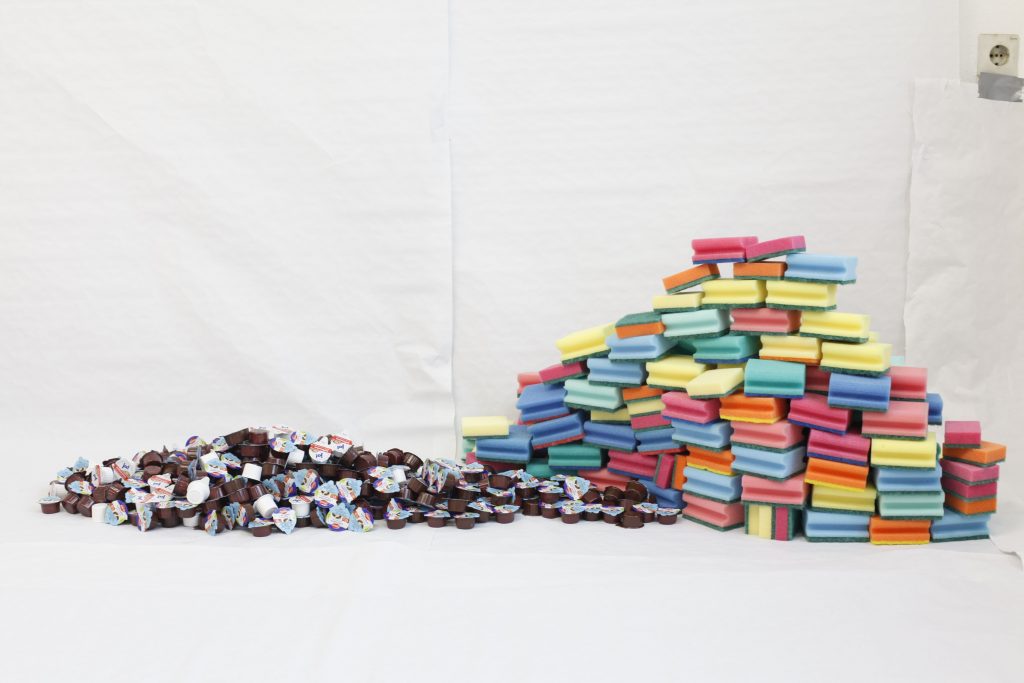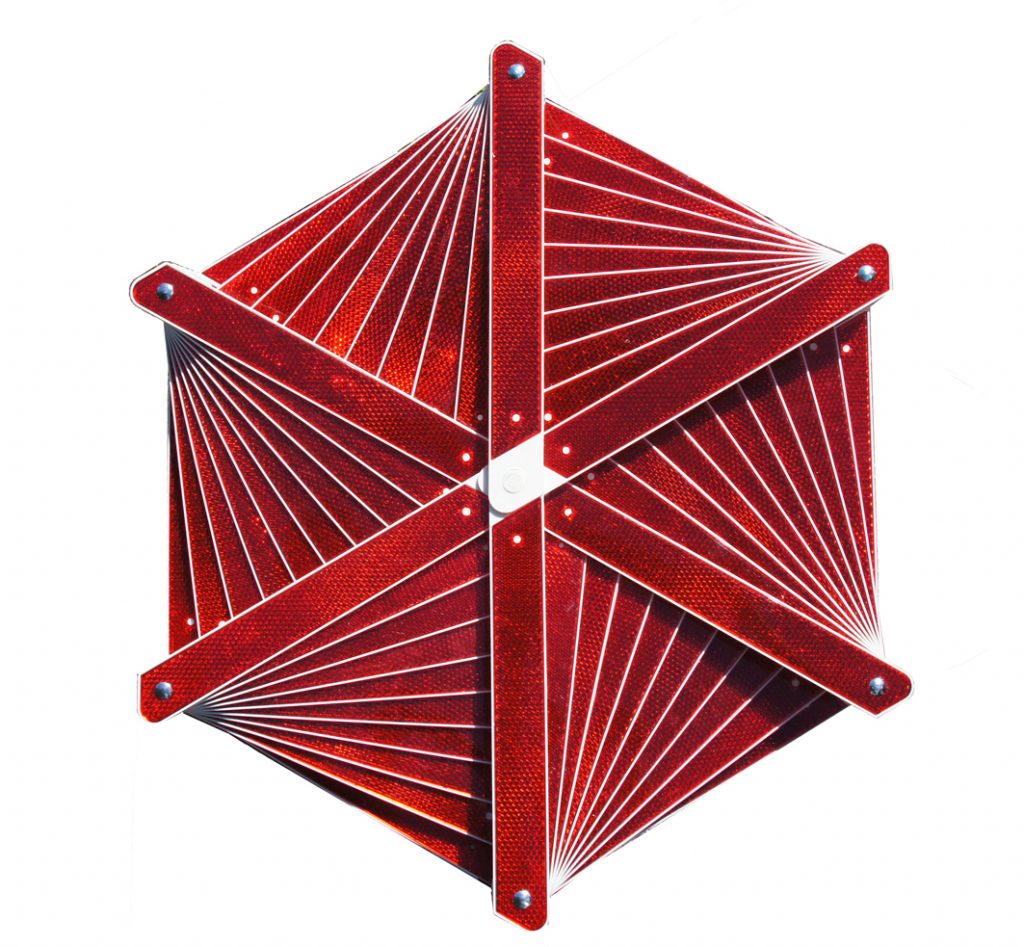
W A L Z ² - eine Wanderschaft quer durch Europa
Gemeinsam mit unseren drei Kindern Oskar (5), Tilda Sun (4) und Lou Wega (0) beleben wir seit 2017 in mehreren Etappen den traditionsreichen Begriff der Walz neu!
Die ständige Veränderung bestimmt unser aller Leben, und natürlich befindet sich auch die Kunst im permanenten Wandel. Federführend ist dabei der gegenseitige Austausch mit der Gesellschaft. Kunst ist ein integraler Bestandteil davon. Seit der Öffnung Europas ist die Vielfältigkeit der einzelnen Kulturen und Regionen erfahrbarer geworden und damit sind die Herausforderungen an Künstler und Gesellschaft, diese Mannigfaltigkeit zu einen, entsprechend gewachsen.
Die Vielfalt europäischer Kunst, der Residenzen, der Künstler und der Kunstmessen möchten wir mit unserer W A L Z ² aufzeigen, indem wir diese Orte aufsuchen.
Aber ebenso steht unsere Kunst im Vordergrund – wir reagieren mit unseren Arbeiten auf die Eindrücke unseres mobilen Lebens. Die Kunstwerke sollen aus vorgefundenem Material entstehen. Einzelne Kunstwerke werden in einem ständigen Prozess weiter entwickelt und "wachsen" sozusagen mit der Walz. Andere werden rein ortsspezifisch entstehen, und natürlich wird auch die eigene Bewegung eine Rolle in unserer Kunst einnehmen. Die gesamte Walz wird zum gemeinschaftlichen Kunstprozess, den wir auf einem Blog dokumentieren. Wir möchten mit der W A L Z ² deutlich machen, dass Kunst nicht ortsgebunden ist, sondern überall stattfinden kann.
Mit unserer W A L Z ² möchten wir aber nicht allein Kunst- und Kulturpublikum ansprechen. Ein weiterer wichtiger Punkt ist es zu zeigen, wie Kunst und Familie miteinander verbunden werden können, wie modernes Familienleben auch aussehen kann, und wie die Familie auch permanent Einfluss auf die Kunst hat.
Unser künstlerischer Ansatz:
Künstlerisch bewegen wir uns thematisch immer im Bereich der Visualisierung des Besonderen im Alltäglichen. In unserem Langzeit-Fotoprojekt peripheral visions beschäftigen wir uns genau damit – mit Alltagsgegenständen, wie beispielsweise Straßenhütchen und abgelegten Matratzen im öffentlichen Raum. Diese fotografieren wir an den Stellen, an den wir diese auffinden, und sammeln die Fotos in unserem stetig wachsenden Archiv (online zu sehen unter www.jeweiser.de/peripheral-visions). Wir möchten dadurch auf Stereotype Parameter mit Humor hinweisen und die überraschende Vielfalt dieser profanen Objekte sichtbar dokumentieren.
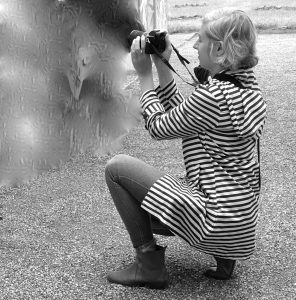 Julia Weiser ist diplomierte Fotografin. Ihren Abschluss erlangte Sie an der Hochschule für Grafik und Buchkunst Leipzig. Fotografische Dokumentation von alltäglichen Situationen, Orten und Objekten, die uns permanent umgeben, ist Kern ihrer vielschichtigen Fotoprojekte. Sie rückt gekonnt Dinge in den Fokus, die normalerweise unsichtbar bleiben. Das können Orte sein oder auch Objekte, wie eine außer Acht gelassene Fotografie für das Projekt Dora von 2010 (www.juliaweiser.de).
Julia Weiser ist diplomierte Fotografin. Ihren Abschluss erlangte Sie an der Hochschule für Grafik und Buchkunst Leipzig. Fotografische Dokumentation von alltäglichen Situationen, Orten und Objekten, die uns permanent umgeben, ist Kern ihrer vielschichtigen Fotoprojekte. Sie rückt gekonnt Dinge in den Fokus, die normalerweise unsichtbar bleiben. Das können Orte sein oder auch Objekte, wie eine außer Acht gelassene Fotografie für das Projekt Dora von 2010 (www.juliaweiser.de).
 Bei Erik Weisers Arbeiten spielen ebenso Gebrauchsgegenstände eine Hauptrolle. So verarbeitete er Videokassetten, Autoblinker, Matchbox-Autos oder auch handelsübliche Reflektoren zu Kunstobjekten. Dafür nutzt er unterschiedliche Verfahren, um neue Formen zu finden. Dieser Vorgang des sogenannten Upcyclings ist ein wiederkehrendes Moment in Weisers Auseinandersetzung mit der Welt und ihren (Alltags-) Objekten (www.erikweiser.de).
Bei Erik Weisers Arbeiten spielen ebenso Gebrauchsgegenstände eine Hauptrolle. So verarbeitete er Videokassetten, Autoblinker, Matchbox-Autos oder auch handelsübliche Reflektoren zu Kunstobjekten. Dafür nutzt er unterschiedliche Verfahren, um neue Formen zu finden. Dieser Vorgang des sogenannten Upcyclings ist ein wiederkehrendes Moment in Weisers Auseinandersetzung mit der Welt und ihren (Alltags-) Objekten (www.erikweiser.de).
The German term Walz originates in the late Mediaeval period and describes a mandatory period of itinerant apprenticeship that was undertaken as a stage on the road to becoming a master craftsman. In the course of industrialisation the Walz lost its significance. The possibilities afforded by the Walz to discover foreign places, cultures and above all skills lost their importance in the face of mechanisation and increased specialisation in the workplace. Meanwhile the realm of fine art – once a traditional craft – has become ever more influenced by globalisation and technical innovation.
Today, through social networks and online video- and photo portals, millions of people across the world simultaneously contribute to and participate in new trends and ideas. New possibilities have come into existence for exchange and interaction, without the need to travel. The significance of travel and how we conceptualise that which is distant or foreign have shifted; without having physically experienced a distant place, we are led to believe, through the virtual information available online, that we can know and understand it. The foreign is made easily accessible. And yet the time and motion of the journey, the scent of the air, the gradual progression from one region to the next, the changing characteristics of the surroundings and the people on the way cannot be replicated. Visited online, these are not the same places: they are atomised, mediated images and recordings, encountered only as cropped views on the computer screen that only partially engage our senses.
This summer we are embarking on a project that brings back to life the ancient tradition of the Walz by undertaking a contemporary Wanderschaft, or period of wandering. We will set out in our camper van to explore Europe. The aim is to participate in residence programmes, visit art fairs and make contact with galleries and other artists. Above all we will be creating new works in various media – photography, video, found objects – during the journey that are informed by the places and the encounters that we experience on the way. We will exhibit these works in the places where we make them, and in ever-developing forms in the course of the Walz.The questions that the Walz seeks to answer and that the works will explore are thus: What does it mean to be a “European” artist? How can we produce art that engages with specific localities and their interaction with international trends?
The project is thus a form of continuously developing dialogue with the places and people that we encounter on the journey. It lies in its nature that the Walz that it and the works that it generates – photographs, collages, objects – will constantly develop, mutate and grow. The journey itself, manifested for example in the splattered flies on the car bonnet or in cutlery stolen from service stations, will be the glue that binds the project together. The specific route will be dictated by the artist residencies for which we successfully apply. We want to use these residencies as a platform to engage with actual currents in the art world and to interact with specific local practices.
Our artistic approach is particularly attuned to registering and manifesting the often barely perceptible but essential differences and peculiarities that distinguish the places that we will visit. Our aim is to observe local patterns of everyday life and to learn from and creatively appropriate different ways of seeing the world and doing things – based on observations and encounters that are only made possible by travelling.
The focus of our art is the discovery of the special in the everyday. Thus in the work of Erik Weiser everyday objects such as video cassettes, car indicator lamps, toy cars or bicycle and breakdown reflectors mutate, through various processes of conversion, into art objects. Such so-called ‘upcycling’ processes recur again and again in Erik’s way of engaging with his surroundings and with the everyday objects around him. (www.erikweiser.de)
Likewise in our long term collaborative project peripheral visions we engage with the everyday, in this case through the photographic documentation of objects in the public realm that are normally ignored, such as traffic cones or discarded mattresses. Through humour the photos, which we are constantly rearranging in an ever-growing archive, point to the absurdities of the normative parameters by which we order the world and at the same time to its wonderful and surprising variety.
Julia Weiser’s photographs draw attention to things that normally remain invisible amidst, or beneath the surface, of everyday occurrences and places – be they objects or situations, or in the case of the project Dora (2010), through the re-appropriation of a neglected photograph. (www.juliaweiser.de)
The documentation of the Walz and of the exhibitions that we will create on the way is an important part of the project. Whilst on the road we will constantly be sending objects and photographs from the journey back home to Germany, these will be deposited in a recreation of our living room, complete with TV, sofa and shelves. The room will thus gradually be filled with mementos of the Walz, alongside an ever-growing pin board collage that documents the journey. Our live blog will be broadcast on the TV. Through this fixed and yet constantly changing installation we will keep in contact with our hometown whilst we are away.
Künstlerresidenzen / Kunstmessen / Galerien / Museen / Sammler / Kunstmagazine die Teil unseres W A L Z ² - Projekts werden möchten, können jederzeit mit uns Kontakt aufnehmen. Wir freuen uns!
WIR SUCHEN:
finanzielle Unterstützer und mediale Partner
WIR BIETEN:
individuelle Nennung und exklusive Berichterstattung


